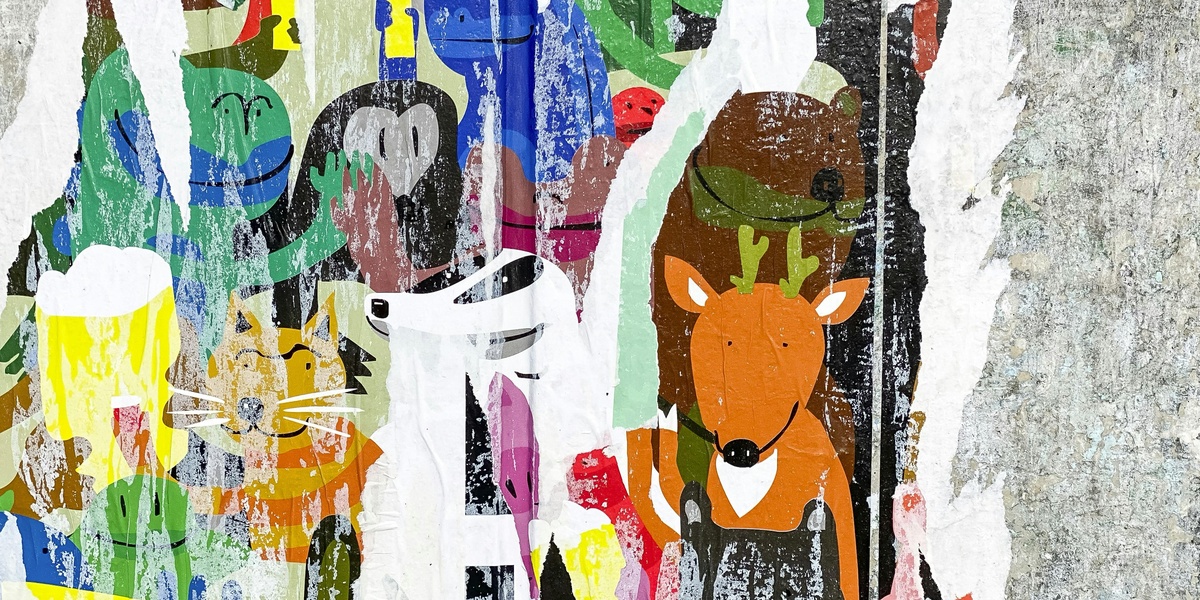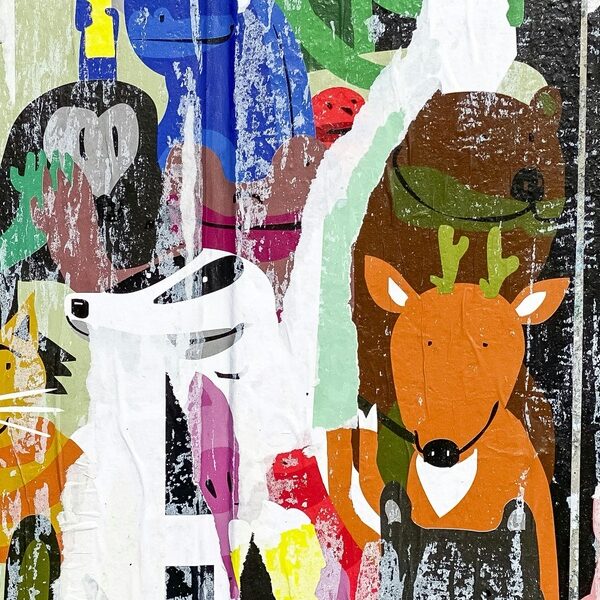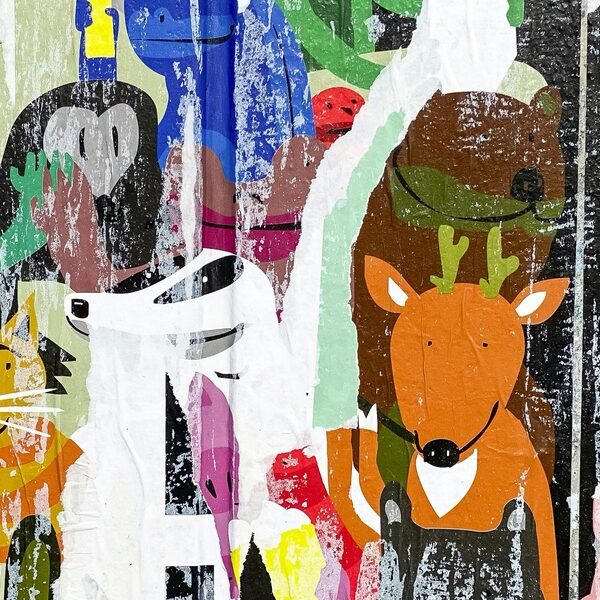Here you’ll find 39 Common Animals that start with W, from “Wagtail” to “Wren”. These entries include familiar birds, mammals, reptiles, and fish useful for classrooms, field guides, and quick reference.
Common animals that start with W are a mix of widespread species and well-known regional representatives. For example, the wren features in European folklore while the whale has broad cultural and ecological significance.
Below you’ll find the table with common name, scientific name, order, and habitat/distribution.
Common name: You see the everyday name used in field guides and lists, helping quick recognition and clear communication.
Scientific name: You get the standardized Latin binomial that links the entry to global taxonomy and research.
Order: You learn the broader taxonomic group, which helps you compare related species at a glance.
Habitat/Distribution: You find a short description of where the animal lives and the regions where it commonly occurs.
Methodology note: I select widely used common names and verified scientific names, prioritizing species familiar to general readers. I avoid obscure taxa and keep descriptions concise for quick classroom and field use.
See the A–Z index page to explore animals for other letters.
Common Animals that start with W
| Common name | Scientific name | Order | Habitat/Distribution |
|---|---|---|---|
| Walrus | Odobenus rosmarus | Carnivora | Arctic Ocean |
| Whale | Cetacea | Artiodactyla | All oceans |
| Wallaby | Macropodidae | Diprotodontia | Australia and New Guinea |
| Wombat | Vombatidae | Diprotodontia | Australia |
| Weasel | Mustela nivalis | Carnivora | Northern Hemisphere |
| Wolverine | Gulo gulo | Carnivora | Northern boreal forests and tundra |
| Wildebeest | Connochaetes taurinus | Artiodactyla | Eastern and Southern Africa |
| Wolf | Canis lupus | Carnivora | Northern Hemisphere |
| Warthog | Phacochoerus africanus | Artiodactyla | Sub-Saharan Africa |
| Water Buffalo | Bubalus bubalis | Artiodactyla | Asia, introduced globally |
| White-tailed Deer | Odocoileus virginianus | Artiodactyla | The Americas |
| White Rhinoceros | Ceratotherium simum | Perissodactyla | Southern and Eastern Africa |
| Wapiti | Cervus canadensis | Artiodactyla | North America and East Asia |
| Warbler | Parulidae | Passeriformes | The Americas |
| Wagtail | Motacillidae | Passeriformes | Africa, Europe, and Asia |
| Waxwing | Bombycillidae | Passeriformes | Northern Hemisphere |
| Woodpecker | Picidae | Piciformes | Worldwide except Australia/polar regions |
| Wren | Troglodytidae | Passeriformes | Mostly in the Americas |
| Whooping Crane | Grus americana | Gruiformes | North America |
| Wandering Albatross | Diomedea exulans | Procellariiformes | Southern Ocean |
| Weka | Gallirallus australis | Gruiformes | New Zealand |
| Wood Duck | Aix sponsa | Anseriformes | North America |
| White Ibis | Eudocimus albus | Pelecaniformes | Coastal regions of the Americas |
| Water Moccasin | Agkistrodon piscivorus | Squamata | Southeastern United States |
| Walleye | Sander vitreus | Perciformes | North America freshwater |
| Whale Shark | Rhincodon typus | Orectolobiformes | Tropical oceans worldwide |
| Wrasse | Labridae | Labriformes | Tropical and temperate oceans |
| Wolffish | Anarhichadidae | Perciformes | North Atlantic and North Pacific |
| Wobbegong | Orectolobidae | Orectolobiformes | Western Pacific and Indian Oceans |
| Wood Frog | Lithobates sylvaticus | Anura | North America |
| Wasp | Vespula species | Hymenoptera | Cosmopolitan |
| Worm | Annelida | Clitellata | Cosmopolitan |
| Weevil | Curculionidae | Coleoptera | Cosmopolitan |
| Walking Stick | Phasmatodea | Phasmatodea | Tropics and subtropics |
| Wolf Spider | Lycosidae | Araneae | Cosmopolitan |
| Water Strider | Gerridae | Hemiptera | Worldwide freshwater surfaces |
| Woodlouse | Oniscidea | Isopoda | Cosmopolitan |
| Water Vole | Arvicola amphibius | Rodentia | Europe and parts of Asia |
| White-faced Capuchin | Cebus imitator | Primates | Central America |
Descriptions
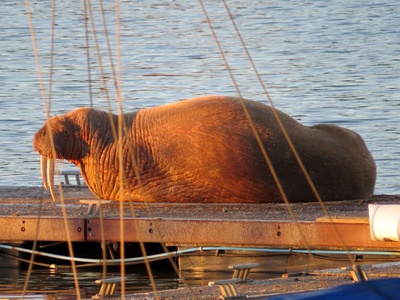
Walrus
A large marine mammal easily recognized by its long tusks, prominent whiskers, and blubbery body. Tusks can reach over 3 feet in length in males.
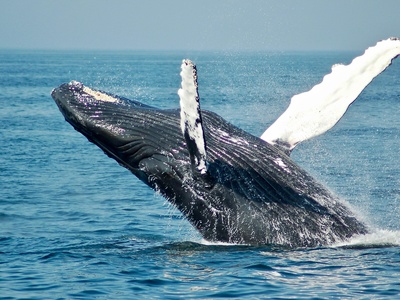
Whale
A diverse group of fully aquatic marine mammals, from the small harbor porpoise to the colossal blue whale, the largest animal on Earth.
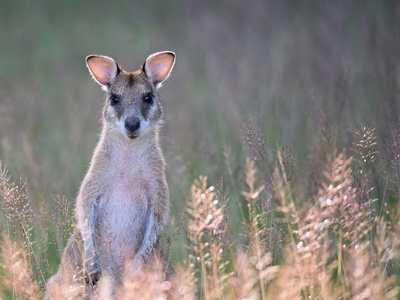
Wallaby
A small or medium-sized macropod, closely related to but smaller than a kangaroo. They are herbivores with powerful hind legs for hopping.
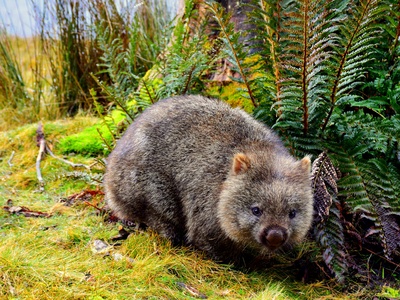
Wombat
A stocky, short-legged marsupial famous for its backwards-facing pouch and unique cube-shaped feces. They are powerful diggers that create extensive burrows.
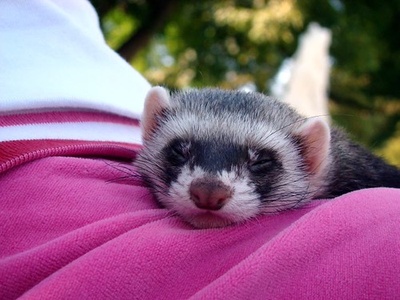
Weasel
A small, slender carnivorous mammal with a long body and short legs. It is known for its agility and ferocity in hunting small rodents.
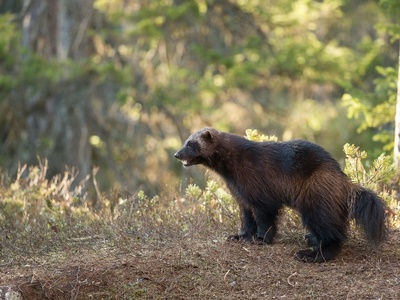
Wolverine
The largest land-dwelling member of the weasel family, renowned for its incredible strength, ferocity, and thick, frost-resistant fur.
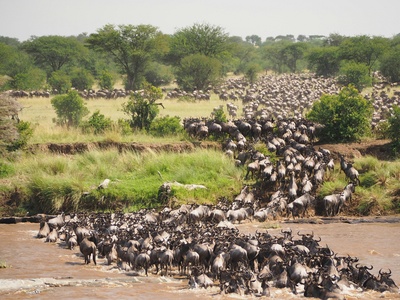
Wildebeest
A large antelope, also called the gnu, famous for its spectacular annual migration in vast herds across the Serengeti plains to find fresh grass.
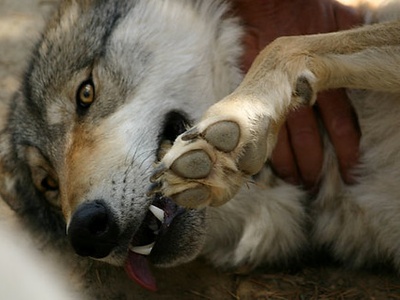
Wolf
A large canine and the ancestor of the domestic dog. Gray wolves are highly social predators that live and hunt in complex family packs.
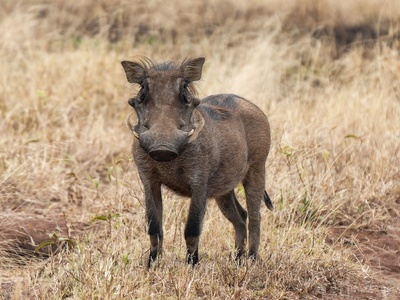
Warthog
A wild member of the pig family identified by the wart-like protrusions on its face and two pairs of upward-curving tusks used for digging and defense.
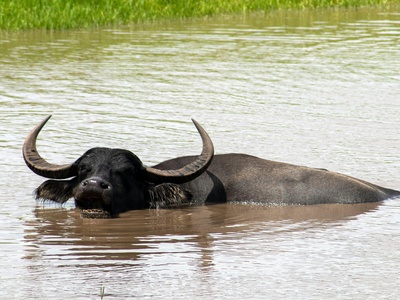
Water Buffalo
A large bovid domesticated for millennia for milk, meat, and labor. They are well-adapted to wet environments, with large hooves to navigate muddy terrain.
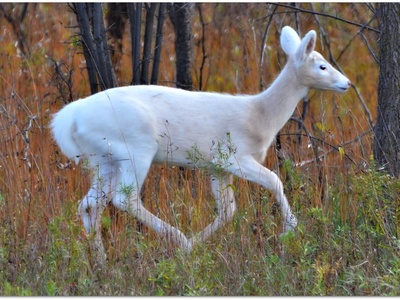
White-tailed Deer
A widespread deer species recognized by the white underside of its tail, which it raises like a flag as an alarm signal when it senses danger.
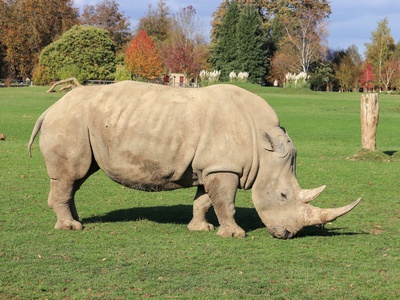
White Rhinoceros
The largest rhino species, distinguished by its wide, square lip adapted for grazing grass. It is a social animal, often found in small groups.
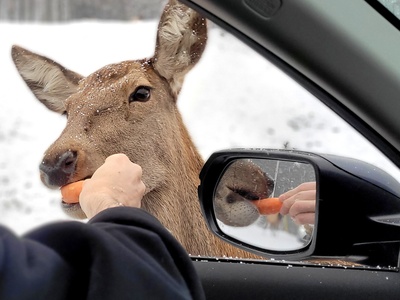
Wapiti
One of the largest deer species, also known as elk in North America. Males (bulls) are famous for their massive antlers and loud, bugling calls.
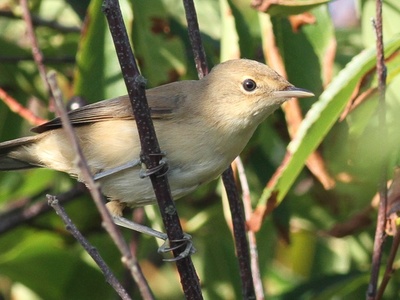
Warbler
A family of small, often colorful and very active songbirds. Most are insectivorous and known for their complex songs and migratory journeys.
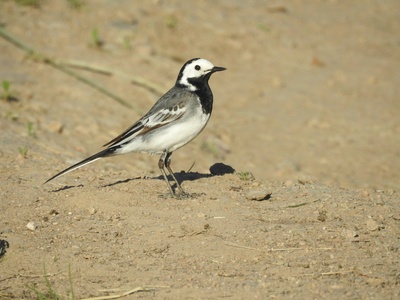
Wagtail
A slender, ground-feeding bird known for its characteristic long, constantly wagging tail. They are typically found near water or in open country.
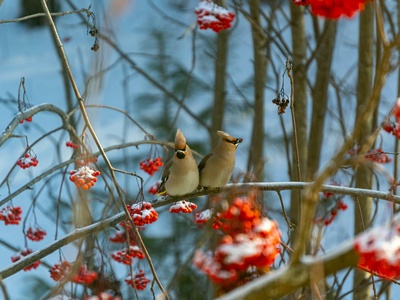
Waxwing
A sleek, crested songbird named for the unique red, wax-like tips on some of its wing feathers. They primarily eat berries and fruit, sometimes in large flocks.
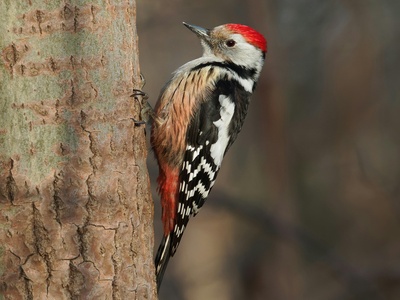
Woodpecker
A bird with a strong beak for drilling into trees to find insects and excavate nest cavities. They have zygodactyl feet for gripping tree bark.
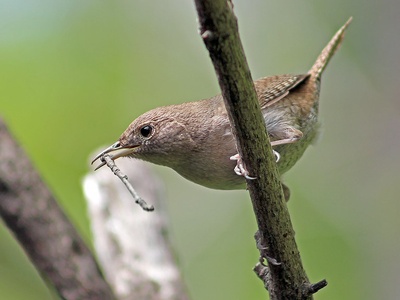
Wren
A family of small, brownish, and often secretive birds known for their remarkably loud and complex songs. They typically hold their short tails cocked upwards.
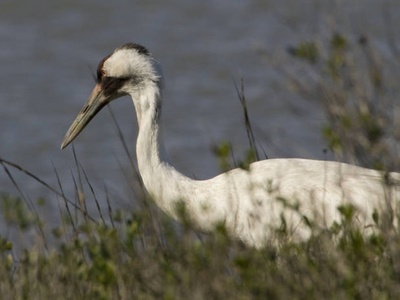
Whooping Crane
The tallest bird in North America and a famous conservation success story. This endangered species is named for its loud, resonant “whooping” call.
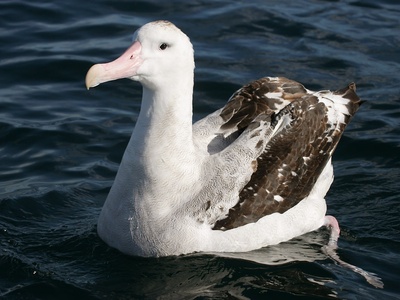
Wandering Albatross
A large seabird holding the record for the longest wingspan of any living bird, up to 3.5 meters (11 feet). It can glide for hours without flapping.
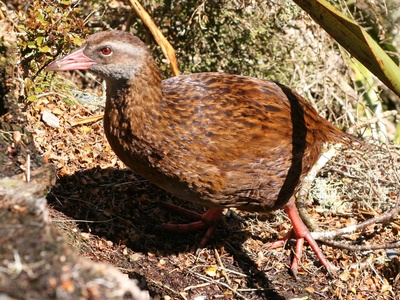
Weka
A large, flightless, and famously curious bird endemic to New Zealand. This omnivore has a reputation for being bold and for stealing shiny objects.
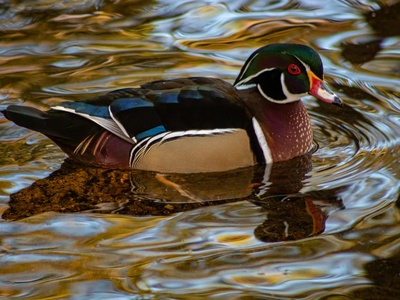
Wood Duck
A stunningly beautiful species of perching duck. Males have iridescent plumage and a distinctive crest. Unlike most waterfowl, they nest in tree cavities.
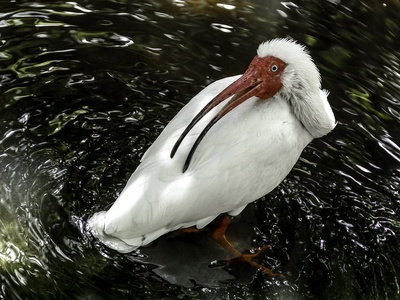
White Ibis
A wading bird with bright white plumage, a long, downward-curved red bill, and black-tipped wings visible in flight. It often forages in large flocks.
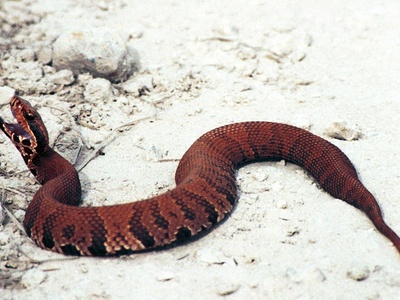
Water Moccasin
A venomous pit viper, also known as the cottonmouth. It is found in or near water and displays a bright white mouth interior as a warning.
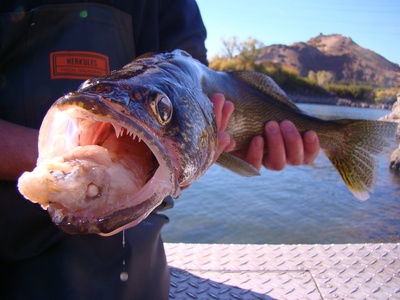
Walleye
A popular freshwater game fish named for its large, opaque eyes that gather light, allowing it to see and hunt effectively in low-light conditions.
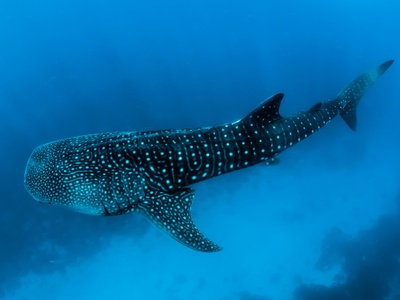
Whale Shark
The largest fish in the world, reaching lengths of over 18 meters. Despite its immense size, this gentle giant is a filter feeder, eating only plankton and small fish.
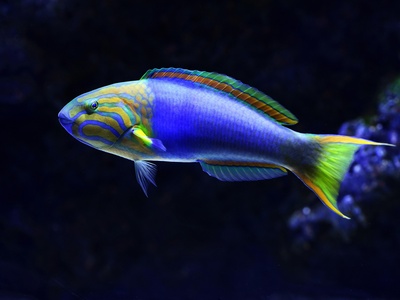
Wrasse
A large and diverse family of often brightly colored marine fish. Many species are known for complex social behaviors and the ability to change sex.
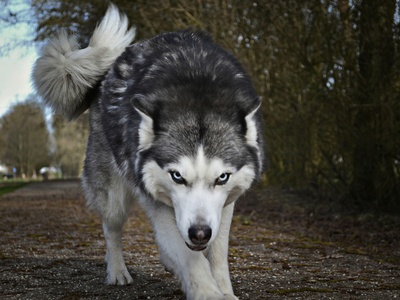
Wolffish
A cold-water marine fish with powerful jaws and strong, canine-like teeth used for crushing hard-shelled prey like crabs, sea urchins, and clams.
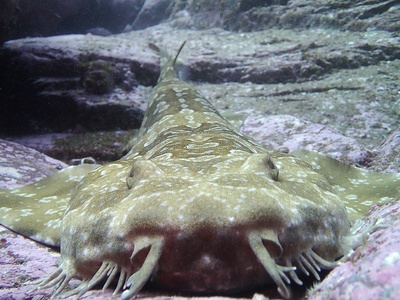
Wobbegong
A group of carpet sharks with flat bodies and superb camouflage, allowing them to ambush fish and invertebrates on the seafloor.
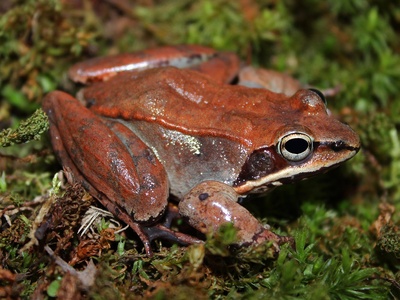
Wood Frog
A remarkable terrestrial frog famous for its ability to survive being frozen solid during winter by producing a natural antifreeze in its cells.
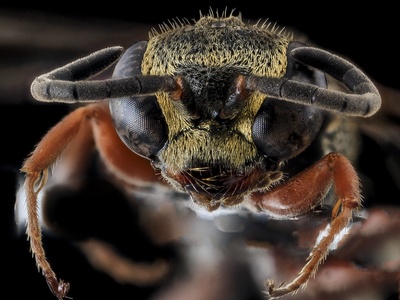
Wasp
A diverse insect group known for a narrow waist. While some social species like yellowjackets can sting, most wasps are solitary and beneficial predators.
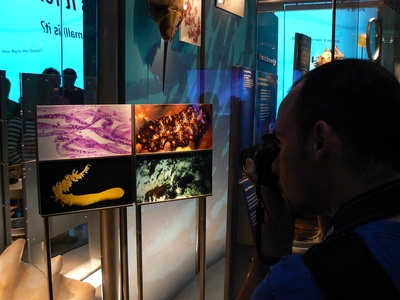
Worm
A general term for tube-shaped, limbless invertebrates. The most familiar, the earthworm, is vital for soil health, aeration, and nutrient cycling.
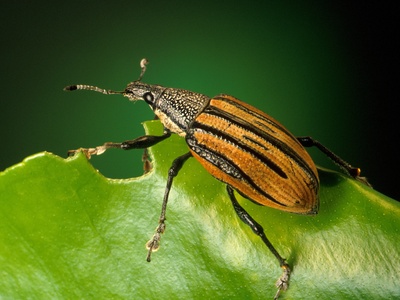
Weevil
A type of beetle easily recognized by its elongated snout, or rostrum. They are one of the most diverse animal families, with over 83,000 species.
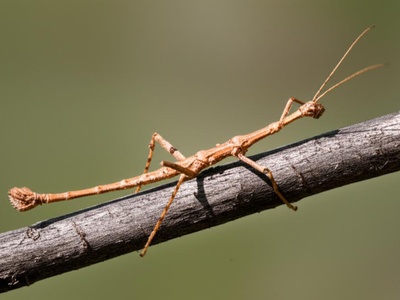
Walking Stick
An insect renowned for its exceptional camouflage, perfectly mimicking twigs or leaves to hide from predators. They are slow-moving herbivores.
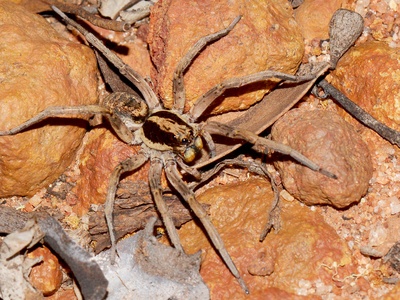
Wolf Spider
A family of agile hunting spiders that stalk their prey like a wolf instead of building webs. They have excellent eyesight, with a distinctive eye arrangement.
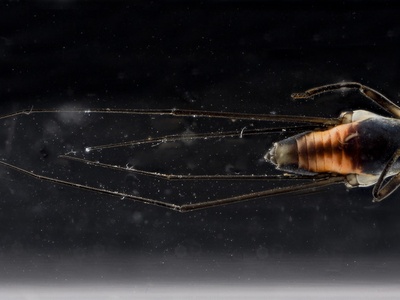
Water Strider
An insect famous for its ability to “walk” or skate on the surface of water, using surface tension and water-repellent legs to stay afloat.
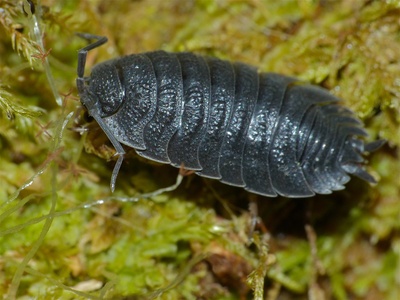
Woodlouse
A terrestrial crustacean, not an insect, with a segmented exoskeleton. Also known as pill bugs or roly-polies, some can roll into a tight ball for defense.
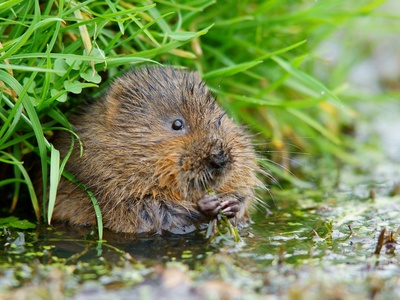
Water Vole
A semi-aquatic rodent that lives along rivers and streams. It is the inspiration for the charming character “Ratty” in *The Wind in the Willows*.
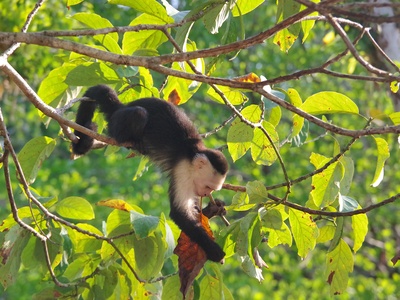
White-faced Capuchin
A highly intelligent and social New World monkey known for its clever tool use, complex social lives, and distinctive black and white fur pattern.
